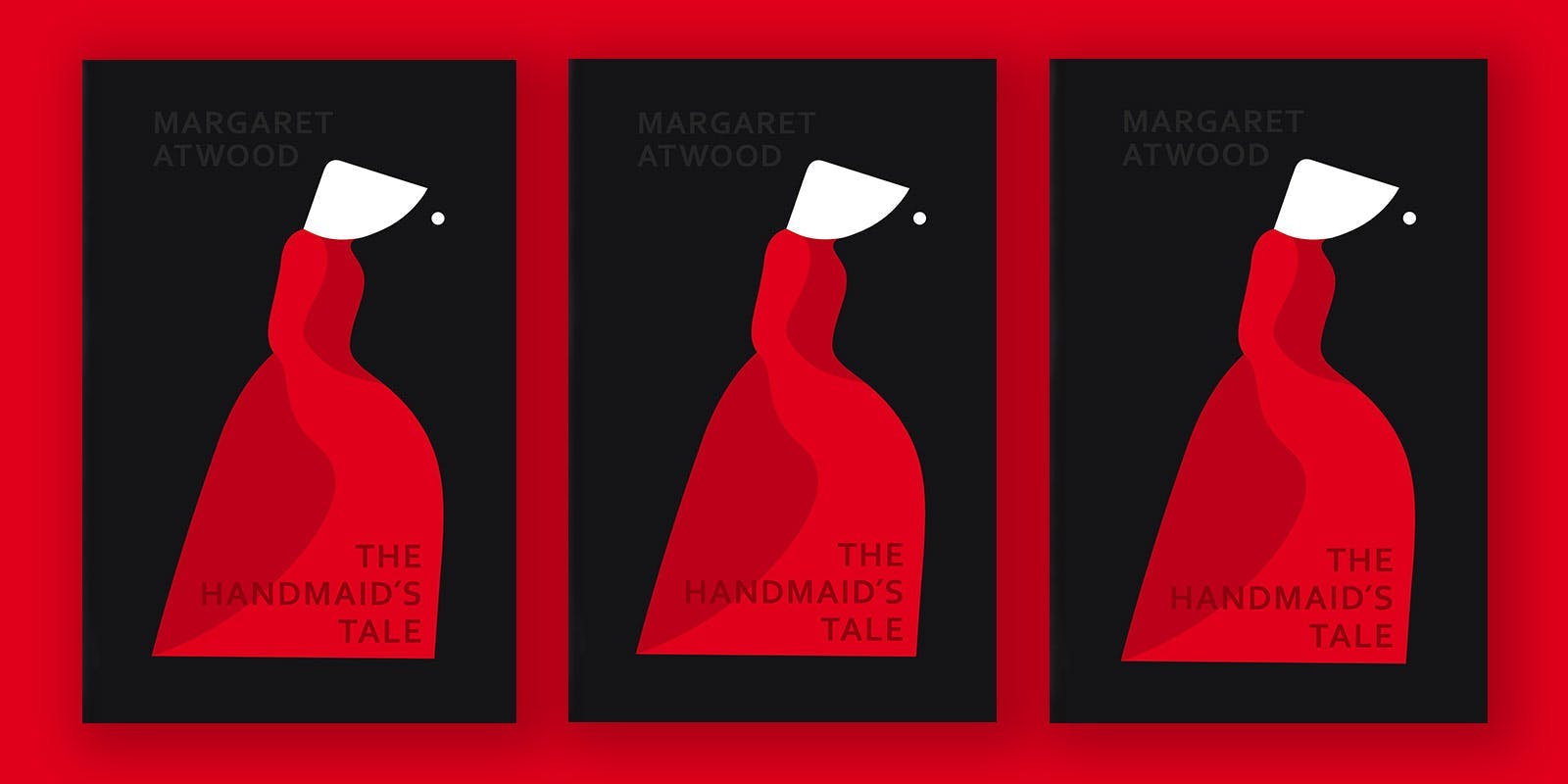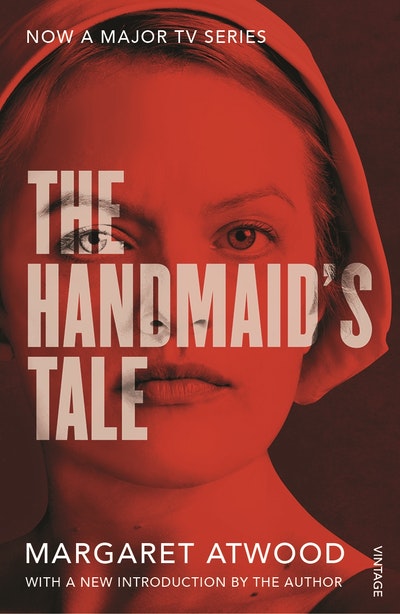Discover the dystopian novel that started a phenomenon.
Margaret Atwood's The Handmaid’s Tale tells of a dystopian future where women’s sexuality is controlled and everyone is subject to rigid societal rules. The book is set in the near future in the United States, where the old government has been overthrown by a totalitarian regime.
Use the questions below to get the discussion started at your next book club gathering.
Discussion points and questions:
- Of The Handmaid’s Tale, Margaret Atwood has said, ‘One of my rules was that I would not put any events into the book that had not already happened in what James Joyce called the “nightmare” of history, nor any technology not already available. No imaginary gizmos, no imaginary laws, no imaginary atrocities.’ What do you think is the effect of this?
- Higher-class members of society are given names but even those don’t appear to be their real ones. Handmaids are expressly forbidden to be called by their names and are instead named after the Commanders who own them. What does the changing of names achieve in Gilead society? Why do you think Offred tells Nick her old name?
- Throughout The Handmaid’s Tale, Offred wistfully recalls things from her past that are now banned under Gilead rule. Of course, the biggest loss of all is her freedom and her family. But forbidden objects from everyday life also take on a powerful new meaning. What do they represent and how do they create distinctions between the characters?
- This is a novel filled with colour. Handmaids wear red, Marthas wear green, the Wives, blue. Discuss the significance of this, and of uniforms more generally, in the novel.
- Just as the Handmaids’ view of the world is blinkered by their bonnets, so too our view of Gilead is confined to Offred’s perspective. What do you think is the impact of this?
- In The Handmaid’s Tale, all the characters have an assigned role – Wife, Handmaid, Commander, Angel, Martha, Aunt. Moira is an exception to this. Talk about the role of her character in the novel.
- In 2017 The Handmaid’s Tale was adapted for TV, and subsequent series that extend beyond the novel have been produced. Have you watched the TV adaptation? What do you think of the interpretation, and which do you prefer? Why?
- Most women are forbidden to read in Gilead and even the Bible is kept under lock and key. Why do you think this is? What is the significance of the magazines that the Commander allows Offred to read, and what do you make of his motives in doing this?
- When they meet, the Handmaids are able to exchange only a few limited phrases in conversation. How did this make you feel?
- The Handmaid’s Tale was first published in 1985, yet in recent years it has returned to the bestseller charts and women around the world have donned Handmaid costumes to attend protests against the rolling back of women’s rights. Why do you think the story of Gilead is still so relevant today?
- Did the Historical Notes section change your reading of the novel? How and why?
- Were there any lines that particularly stuck in your mind?
- Margaret Atwood’s sequel to The Handmaid’s Tale, The Testaments, is set 15 years after the end of that novel. What do you think might have happened in Gilead in that time?














